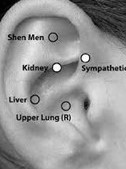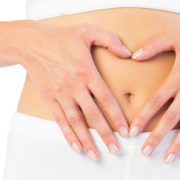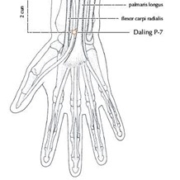How Chiropractic Can Improve Your Sleep
Most people know that a chiropractor can help with musculoskeletal problems, such as backaches and slipped discs, but many people do not realize that chiropractic can do much more. In fact, chiropractic can even improve your sleep.
Getting enough quality sleep each night is good for your health. Not getting enough sleep can increase your risk of developing obesity, diabetes, cardiovascular disease and other serious conditions, according to Harvard Medical School.
But what if you allow yourself plenty of time but still have trouble falling asleep or staying asleep?
Chiropractic can help you sleep. In fact, one-third of people who undergo chiropractic adjustment report sleeping better immediately, according to the National Sleep Foundation.
3 Ways Chiropractic Might Improve Your Sleep
1. Pain relief
Pain can prevent you from getting a decent night’s sleep, especially if you have chronic pain that lasts for three or more months. In fact, one study shows that 20 percent of people with chronic pain experience at least one symptom of insomnia, compared with only 7.4 percent of people without chronic pain. Chiropractic can alleviate pain associated with backaches, headaches, whiplash, migraines and more to help you get the sleep you need.
Chiropractic can also help you sleep by providing a drug-free approach to pain relief. Many prescription pain relievers, such as those containing morphine, oxycodone and opioids, can make you drowsy throughout the day. Daytime drowsiness might cause you to take naps throughout the day, which can interfere with your ability to sleep at night. The drug-free approach of chiropractic allows you to stay alert all day and sleep well at night.
Extensive research presented by the National Institutes of Health shows that chiropractic is as effective as other treatments, such as drugs, at relieving pain. Perhaps the best part of chiropractic is that the research shows that the pain relief lasts up to 18 months of treatment – which means you can remain pain-free without using drugs for a year and a half.
2. Relieves muscle tension and stress
Stress can prevent you from falling asleep or sleeping well. Stress can also cause uncomfortable muscle tension that interferes with sleep. The National Sleep Foundation lists muscle tension as one of the three signs that you are under too much stress to sleep. Tension and poor sleep can be a vicious cycle, as tension can cause poor sleep and poor sleep can cause tension.
Chiropractic often includes massage to melt away painful muscle spasms. These therapeutic massages are relaxing, which helps you unwind enough to fall asleep. Chiropractic also stimulates blood flow, which helps bring oxygen to your brain and other parts of your body.
Your chiropractor may also be able to suggest gentle exercises, stretches and relaxation techniques to help you relax tense muscles and quiet your stressed-out mind.
3. Suggested sleeping positions
Your chiropractor may offer suggestions on sleeping positions and other ideas about how you can sleep better. Your chiropractor may discourage you from sleeping on your stomach if you are having back pain, for example, or be able to recommend a particular pillow or mattress to help you sleep better at night.
For more information on how chiropractic can improve your sleep, talk with your chiropractor. Check out our website @ ocwc.ca to learn more about our office. You may start sleeping better as soon as your first visit.










